How to Improve Posture After Pregnancy
Pregnancy is a time of incredible physical transformation. As your baby grows, your body adapts in numerous ways to support this new life. These changes often lead to shifts in posture after pregnancy that can cause discomfort, pain, or even long-term joint issues. In this blog post, we’ll explore why posture changes after pregnancy, the common problems it causes, and most importantly, how to improve posture after pregnancy to feel strong, aligned, and pain-free again.

Why is there a change in Posture After Pregnancy?
During pregnancy, your center of gravity shifts forward due to the growing baby bump. To compensate, many women unknowingly adopt a swayback posture (excessive curvature in the lower back), round their shoulders, and tilt their pelvis forward. These changes are often exacerbated by the hormone relaxin, which loosens ligaments and joints in preparation for childbirth.
After delivery, many of these changes persist due to:
- Weak abdominal and pelvic floor muscles
- Muscle imbalances
- Poor nursing and lifting habits
- Fatigue and lack of movement variety
All of these factors contribute to a posture that may feel strained or off-balance.
The Consequences of Poor Posture after pregnancy
Poor postpartum posture can lead to a range of physical problems, including:
- Chronic back, neck, and shoulder pain
- Headaches
- Core weakness and diastasis recti (abdominal separation)
- Pelvic floor dysfunction
- Reduced energy levels
It can also affect how you move and care for your baby, potentially leading to compensatory habits that create further strain.
The Good News: Posture Can Be Improved
With awareness, exercise, and simple lifestyle changes, it is absolutely possible to regain good posture after pregnancy. Here are steps to help you get started:
1. Reconnect With Your Core and Pelvic Floor
Your core and pelvic floor form the foundation of your posture. After pregnancy, these muscles are often weakened or not functioning optimally. Begin with gentle activation exercises:
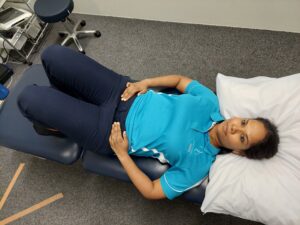
Pelvic Floor Connection:
- Lie on your back with knees bent.
- Inhale to relax, exhale and gently lift the pelvic floor (as if stopping urine flow).
- Hold for 3–5 seconds, relax fully.
- Repeat 10 times.
Deep Core Activation (Transverse Abdominis):
- While doing the pelvic floor lift, think of drawing your lower belly in toward your spine.
- Avoid tensing your upper abs or glutes.
2. Strengthen Postural Muscles
Improving posture means strengthening the muscles that hold your body upright. Focus on the following:
Upper Back and Shoulder Stabilizers:
- Rows with resistance bands
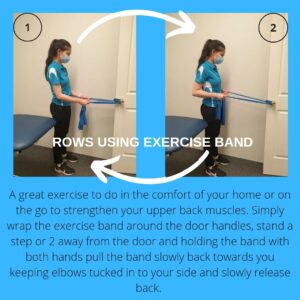
- Wall angels
- Scapular squeezes (pull shoulder blades together)
Glutes and Hamstrings:
- Glute bridges
- Clamshells
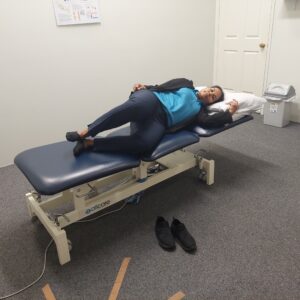
3. Stretch Tight Areas to improve posture after Pregnancy
Muscles like the chest, hip flexors, and lower back often become tight during and after pregnancy. Regular stretching can help rebalance the body.
Chest Stretch:
- Stand in a doorway with arms at shoulder height.
- Step through gently until you feel a stretch.
Hip Flexor Stretch:
- Kneel on one knee, other foot in front.
- Tuck pelvis under and lean forward slightly.
- Hold for 30 seconds each side.
Child’s Pose:
- Helps stretch the back and hips.
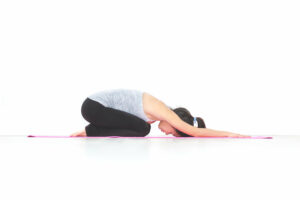
4. Improve Daily Movement Habits
Posture isn’t just about exercise—it’s about how you move throughout the day. Make these adjustments:
When Holding Baby:

- Avoid jutting one hip out.
- Use a baby carrier that supports your spine.
When Breastfeeding or Bottle-Feeding:
- Bring the baby to you, don’t hunch over.
- Use pillows for support.
When Sitting:
- Use a lumbar roll or towel behind your lower back.
- Sit with both feet flat, hips and knees at 90 degrees.
When Lifting:
- Bend at the hips and knees, not your back.
- Exhale and engage core as you lift.
5. Focus on Alignment Throughout the Day to improve posture after pregnancy
Start tuning into how you hold your body. Here’s a simple posture check:
- Stand with your back against a wall.
- Heels, buttocks, upper back, and head should touch the wall.
- Tuck chin slightly and lengthen through the spine.
Practicing good alignment regularly helps retrain your muscles and nervous system.
6. Stay Consistent and Patient
Posture after pregnancy doesn’t change overnight. It takes daily attention and consistency to see lasting improvements. Celebrate small wins and stay kind to your body as it heals and strengthens.
7. Work With a Physiotherapist

A physiotherapist trained in postpartum recovery can assess your poor posture, identify muscle imbalances, and create a tailored plan to improve posture after pregnancy and strength and flexibility. If you’re dealing with diastasis recti, pelvic floor issues, or persistent pain, this professional guidance is essential.
Final Thoughts
Your body has been through a remarkable journey during pregnancy and childbirth. While changes to posture after pregnancy are normal, they don’t have to be permanent. With a combination of core reactivation, strength training, stretching, and mindful movement, you can improve your posture after pregnancy and feel stronger and more energized.
Postpartum recovery is not about “snapping back.” It’s about healing, rebuilding, and reconnecting with your body in a new, empowering way. And good posture is one of the foundational steps to achieving that.
If you’re not sure where to start in improving your posture after pregnancy or are experiencing discomfort, reach out to one of our physiotherapists who specializes in postpartum care. You’re not alone, and with the right support, you can absolutely regain strength and confidence in your body again.


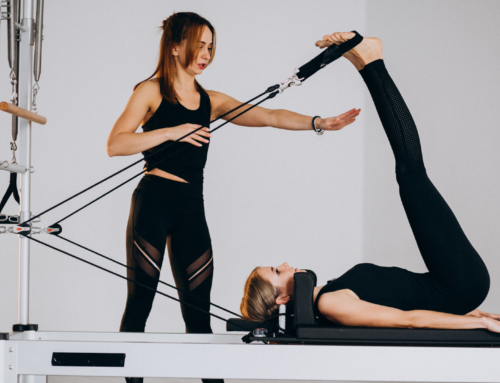
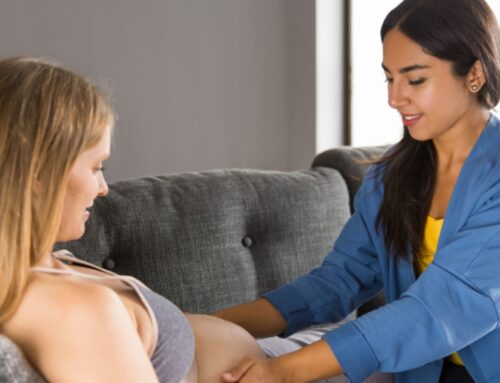

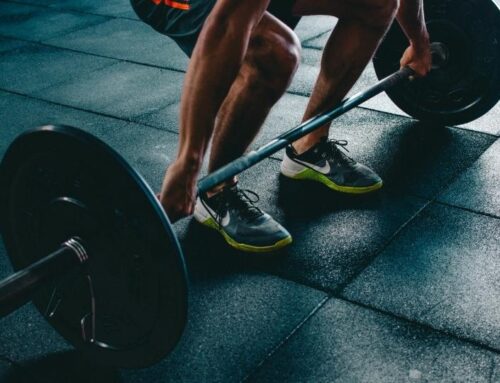

Leave A Comment